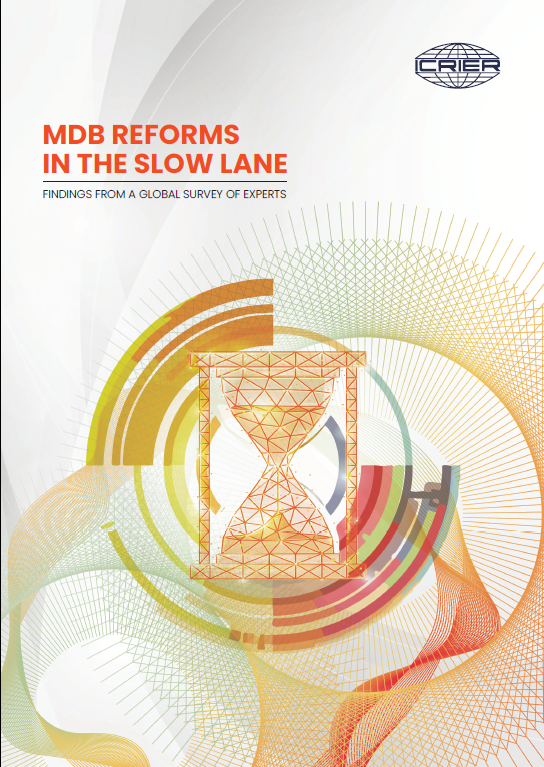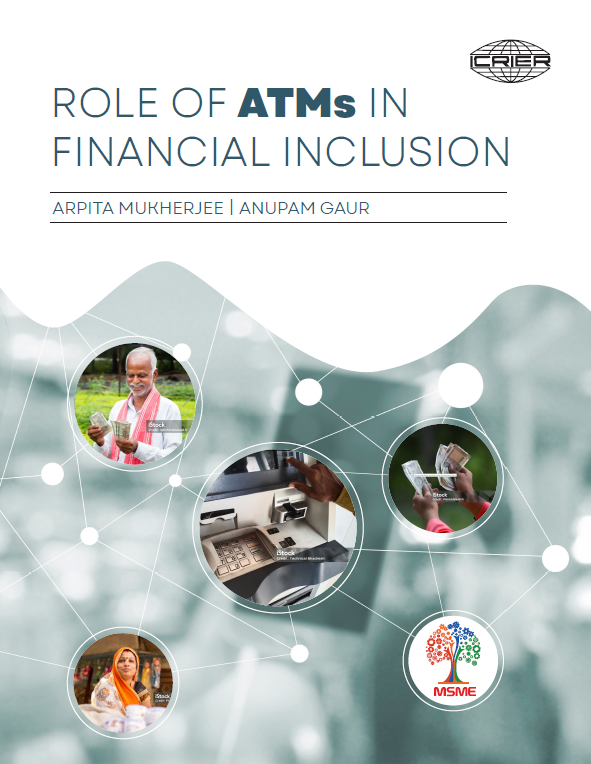
The challenges facing the developing world got steeper in 2023. About half of International Development Association (IDA)-eligible countries failed to recover to pre-pandemic income levels. Per capita growth was anemic: 0.7% in Africa, 0% in the Middle East, and 1.5% in Latin America, partly because of weak investment levels. Currently, gross investment in most emerging market and developing countries (EMDCs) barely covers the depreciation of the existing capital stock; investment rates are in the range of 20-25% of GDP in all regions except Asia, where the average investment rate is 38% of GDP. The consequence of such low investment rates is that EMDCs will be unable to transition to green economies, to adapt to already-present climate change, or to sustain rapid growth, with dire impact on their own populations and on the global efforts to reach net zero.
While the imperative is to accelerate sustainable investment, external financing for EMDCs has become expensive and harder to mobilise. Meeting the challenge of increasing investment requires a pipeline of high-quality, specific bankable projects, along with confidence that these can be implemented in a timely way. It also requires secure, predictable, and affordable finance to make the investment at reasonable cost. However, external financing for EMDCs became more expensive and harder to mobilize in 2023. The external debt servicing of EMDCs rose by $40 billion. Low-income countries were hit especially hard; the debt service ratio in sub-Saharan Africa rose from 21% in 2022 to 32% in 2023.



